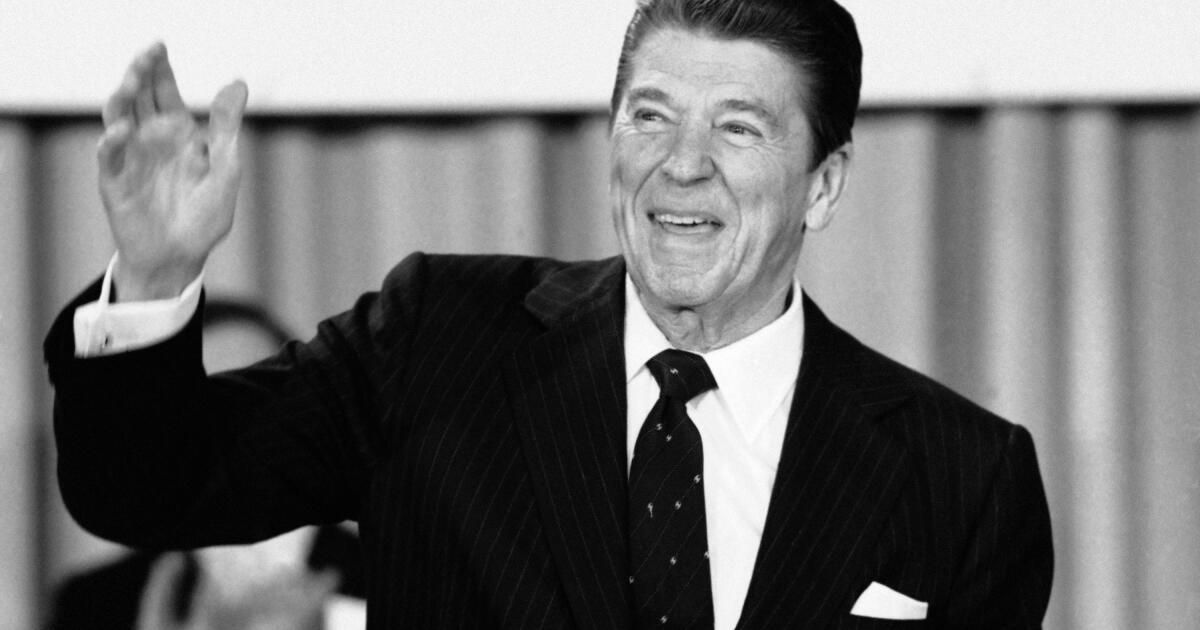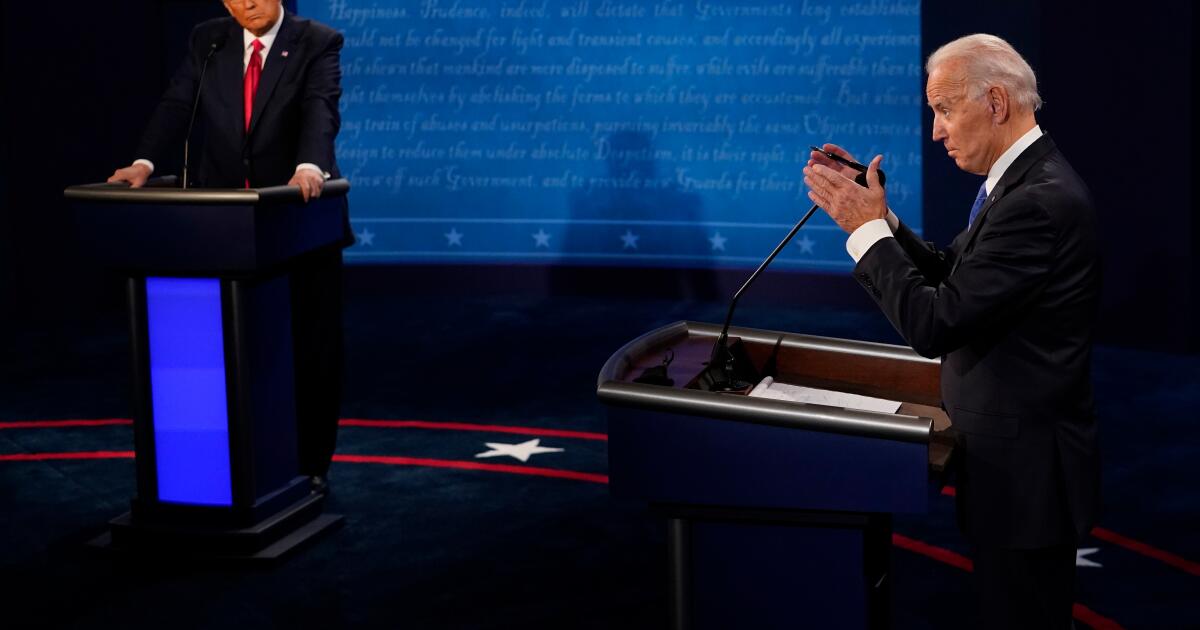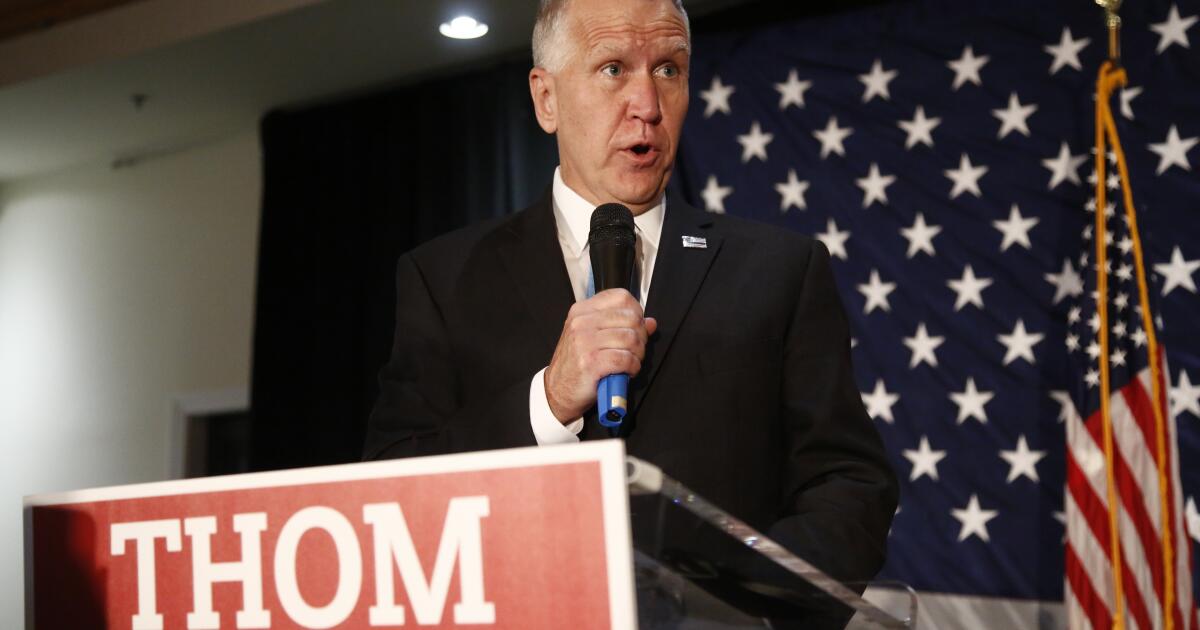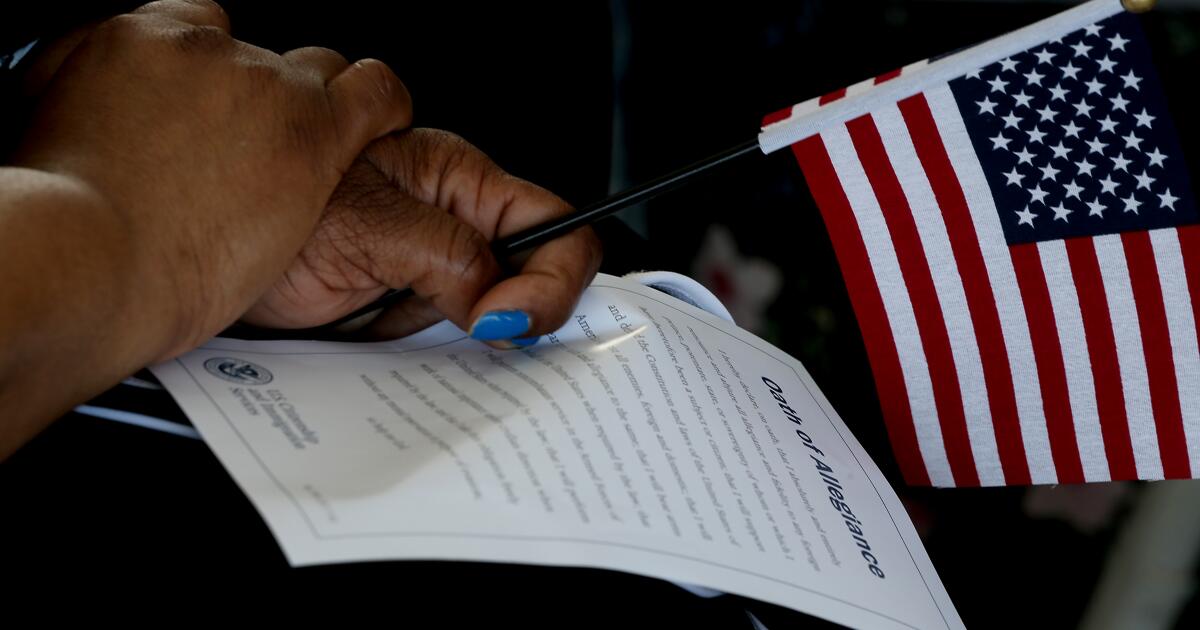Project 2025, the Heritage Foundation’s conservative plan that would overhaul much of the federal government under a second Trump administration, has sparked fear and concern among voters despite the former president’s attempt to distance his campaign from the plan. But while Project 2025 may seem radical, much of its content is not new. Instead, the now-famous document seeks to reanimate many of the worst racial, economic and political instincts of the Reagan Revolution.
The 2025 Project opens with its authors (one of whom resigned last month) boasting about the Heritage Foundation’s 1981 publication “The Mandate for Leadership,” which helped shape the Reagan administration’s policy framework. It was right on target: Reagan turned 60 percent of its recommendations into public policy in his first year in office, according to the Heritage Foundation. Yet the 900-plus-page 2025 Project — itself a major component of a new edition of “The Mandate for Leadership” — contains no analysis of the economic and social price Americans paid for the revolution that the Heritage Foundation and Reagan inspired.
If today’s economic inequality, racial unrest, and environmental degradation represent some of our greatest political challenges, we would do well to remember that Reagan and the Heritage Foundation were the principal architects of those catastrophes. Perhaps no day of Reagan’s presidency better embodied his political transformations or the Heritage Foundation’s political ambitions than August 13, 1981, when Reagan signed his first budget.
This budget dramatically transformed government priorities and gutted the government’s fifty-year commitment to the common good that began during the New Deal. Once passed, it stripped 400,000 poor working families of their welfare benefits, while eliminating significant provisions for another 300,000. Sweeping cuts to education affected 26 million students. The number of poor Americans increased by 2.2 million, and the percentage of black Americans living in poverty rose to a staggering 34.2%.
Of course, this was just the beginning of Reagan's war on the poor, the environment, and education. Following a plan by the Heritage Foundation, the Environmental Protection Agency's operating budget would fall by 27% and its scientific budget would be reduced by more than 50%.. Funding for Department of Housing and Urban Development programs that provided housing assistance would be cut by 70%, according to Matthew Desmond’s “Poverty, By America.” Homelessness skyrocketed. And, as Project 2025 proposes, Reagan attempted to eliminate the Department of Education but settled for hollowing out its funding in a way that set public education, in the words of author Jonathan Kozol, “back nearly 100 years.” As funding for these issues plummeted under Reagan, financial support for the “war on drugs” skyrocketed and The prison population almost doubled.
Meanwhile, protections afforded to the wealthy soared. Tax rates on personal income, corporate income, and capital gains plummeted. For example, the top tax rate when Reagan took office was 70%. Over time, lower it to 33%.
To ensure that wealth was a lasting family right, Reagan instituted a 300% increase in inheritance tax protections through inheritance tax exemptions in his first budget. In 1980, the exemption was $161,000. When Reagan left office in 1989, it was $600,000. Today it is $13,610,000. This means that today almost all children of the wealthy enjoy tax-free access to generational wealth.
And since Reagan's presidency, the number of millionaires and billionaires has multiplied, increasing by 225% and 400% respectively, while poverty among Americans, regardless of race, has intensified. Even white men were more likely to be poor after Reagan's presidency. Today, poverty is the fourth leading cause of death in the United States, despite the fact that it is the richest country in the world.
If we feel like we live in a country that doesn’t work for anyone who isn’t rich, here are some of the main reasons. If we look back to the Reagan era and the Heritage Foundation’s original “Mandate for Leadership,” we must remember that our internal wounds are largely self-inflicted, the result of buying into the racial, economic, and environmental lies that continue to be peddled. It is precisely the kinds of policies that devastated the nation during the Reagan administration that Project 2025 now seeks to resurrect. Perhaps the only truly new thing Project 2025 suggests is the use of more authoritarian means to implement its agenda.
History has hinges, moments that change the trajectory of nations. Our country's greatest progress has almost always emerged in turbulent times. It is up to America's most staunch believers to close the door on terror and trauma and open one that leads to new democratic possibilities.
The current moment represents more than an election. It is a turning point that has the potential to transform America for generations to come. We don’t need the version of the past that Project 2025 is trying to sell us. It didn’t work for most Americans then, and it won’t work for most of us now. But perhaps Project 2025 is the nudge the Democratic Party needed. As the Republican Party leans ever more toward authoritarianism, Democrats must be equally determined to develop a truly equitable democracy and heal the wounds of a deeply divided nation.
Joel Edward Goza, Professor of ethics at Simmons College in Kentucky, he is the author of the upcoming book “Rebirth of a Nation: “Reparations and reconstruction of the United States.”












